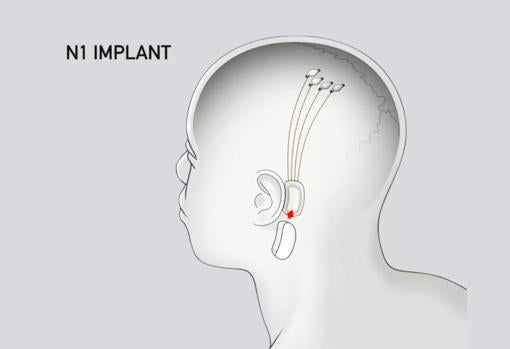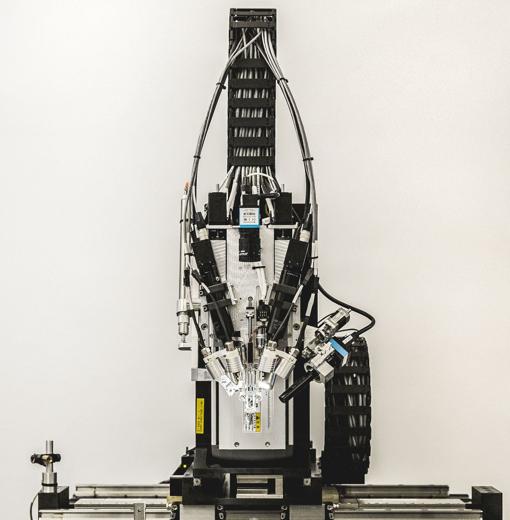When Elon Musk bought Neuralink , a company that wants to develop the technology to connect our minds to the internet, most people thought it was another one of their "crazy ideas." Later, the project was added to a silence of two years that has not been broken until this month, in which the controversial businessman also owner of the pioneering Tesla, SpaceX or Hyperloop has given a press conference to tell the world about his intentions. "It won't be all of a sudden, but Neuralink will devise an artificial neural cord that can take control of people's brains», He explained at the event. Using a computer only with the thought or any connected device, such as the television, the fridge and, of course, the mobile phone, only with a thought. That is the true nature and ambition of Neuralink.
But at the moment only the first steps are being taken: the team has just released a study on the Biorxirv prepress page (that is, not yet peer-reviewed ) explaining how a "threading" interface works " stitched »to the human brain and intended to help patients with amputated limbs move their robotic prostheses with thought alone.
A brain sewing machine
The technology consists of two parts: on the one hand, the aforementioned flexible threads, thinner than human hair , and which carry the electrodes that collect brain activity inside. On the other, the "sewing machine" that weaves these threads to the brain at the rate of six threads (192 electrodes) per minute . The combination of both provides a wiring that has as its main advantage that it avoids blood vessels, which reduces the negative aspects in case of inflammatory responses.

It is not a new idea, as similar interfaces have already been developed and are being tested, but Neuralink is much less invasive and harmful than previous systems. The idea is that the electrodes are connected to the brain through laser technology, and that externally the wires end in a kind of switch that is placed behind the ear (similar to a hearing aid) that through a Bluethooth or USB connection can connect with our mobile, which will have an application to manage the entire program.

Implantation in humans
The presentation stated that, for the moment, the system has been tested on rats with a high level of success and that they want to start testing on people in the second half of 2020 . In its early stages, this technology will focus on patients with robotic limbs, but it is intended to be expanded for patients who have lost their speech or hearing, to end up making commercial interfaces that allow us to use our mobile or computer with just our minds, Matrix mode (in fact, the film has been an inspiration to its engineers). Can Neuralink be the beginning of a new revolution?



No comments:
Post a Comment